Mastering Rear End Collisions Demand Compensation After Auto Collision
This article elucidates the process of seeking compensation following rear-end collisions.
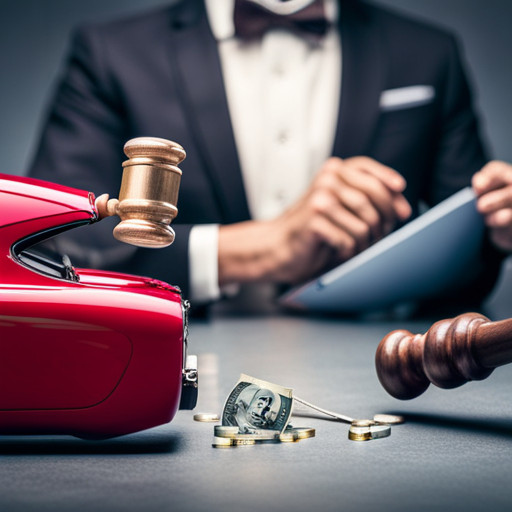
It explores the determination of fault, the role of negligence, and the impact of insurance coverage on compensation.
The importance of assembling a compelling demand packet and effectively negotiating with insurance adjusters is emphasized.
Additionally, the potential need for legal counsel and the concept of not settling for less than deserved compensation is underscored.
Key Takeaways
- Rear-end collisions are a common type of motor vehicle accident and the driver who hits from behind is typically at fault.
- Compensation for damages depends on insurance coverage and assembling a demand packet with evidence is crucial.
- Special damages (medical bills, receipts, wage loss) and general damages (pain and suffering) should be included in the demand packet.
- Sending a convincing demand letter via certified mail and keeping records is important, and consulting with an attorney may expedite the settlement process.
Understanding the Basics of Rear-End Collisions
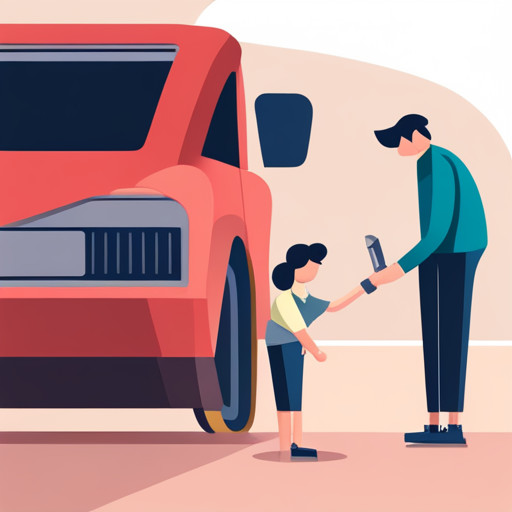
Understanding the basics of rear-end collisions is crucial as these incidents represent a common type of motor vehicle accident, often resulting from negligence such as distraction, impairment, or delayed reaction, and typically place the responsibility on the driver who hits the vehicle from behind.
Identifying liability in such cases demands careful observation of the accident scene and thorough investigation of the events leading up to the collision. Evidence, such as traffic surveillance footage and witness testimonies, often play a decisive role in this process.
Proving negligence, on the other hand, can be more complex. It involves demonstrating that the liable party breached their duty of care, leading to the accident and subsequent damages.
Thus, understanding these elements is imperative for effective management of rear-end collision cases.
Identifying the Responsible Party in Rear-End Collisions
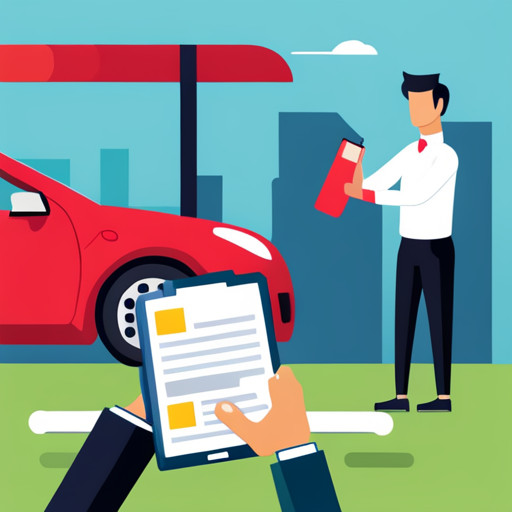
Identifying the responsible party in vehicular incidents, particularly those involving a vehicle striking another from behind, is a crucial step in the process of seeking damages. Determining liability in these scenarios typically involves an analysis of traffic laws and the specific circumstances surrounding the incident.
Evidence such as police reports, witness statements, and damage to the vehicles often play a significant role in identifying liability. In most cases, the driver of the vehicle that struck another from behind is found to be at fault. However, there may be exceptions depending on the circumstances.
Proving fault conclusively often requires a meticulous examination of the available evidence. Thus, accurately identifying the responsible party is a fundamental aspect of securing fair compensation in the aftermath of rear-end collisions.
The Role of Negligence in Rear-End Collisions

Negligence plays a significant role in determining liability in incidents where one vehicle strikes another from behind. This form of negligence, often referred to as 'rear-end negligence', is a complex issue involving numerous negligence factors.
1. Evidence of Distraction: Proving fault may involve demonstrating the at-fault driver's distraction, such as mobile phone usage or inattentive driving.
2. Failure to Maintain Safe Distance: Drivers are required to maintain a safe distance from the vehicle in front to ensure sufficient reaction time.
3. Breach of Traffic Rules: Violation of traffic laws, such as speed limits or traffic signals, further establishes negligence.
4. Impairment Due to Substances: If the driver is under the influence of alcohol or drugs, it significantly contributes to proving fault.
Thus, these factors are crucial in determining negligence in rear-end collisions.
The Impact of Insurance Coverage on Compensation
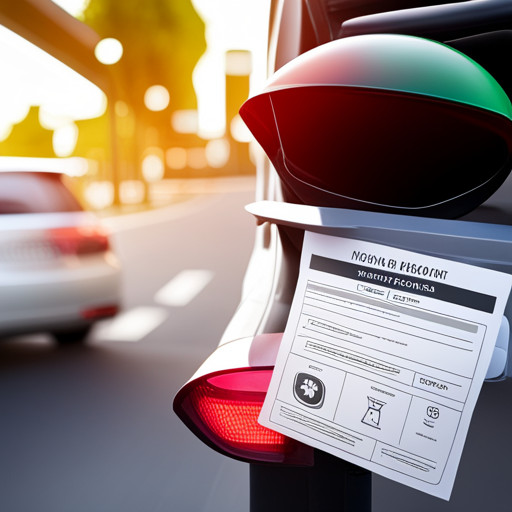
The type and extent of insurance coverage held by the involved parties significantly influence the potential for recouping damages in vehicle accidents. This insurance coverage impact can be profound, as it dictates the financial responsibility of each party.
In determining fault, the insurance companies examine the circumstances surrounding the accident. In the case of rear-end collisions, the driver in the rear is usually held accountable. If this driver possesses inadequate insurance coverage, the victim may face difficulties in obtaining full compensation. Therefore, it becomes essential to understand the insurance coverage impact when seeking compensation.
In some instances, victims may need to rely on their own insurance coverage for compensation, particularly if the at fault driver is uninsured or underinsured.
The Need for an Experienced Personal Injury Attorney

Engaging a seasoned personal injury attorney often proves invaluable in navigating the complex landscape of insurance claims and potential litigation following a vehicular accident. The benefits of hiring an attorney include a more thorough understanding of legal rights, expert assistance in claim preparation, negotiating with insurance companies, and providing representation in court if necessary.
1. Expert Knowledge: Familiarity with personal injury laws and procedural rules can increase the likelihood of a favorable outcome.
2. Claim Preparation: Attorneys can gather necessary evidence and calculate an accurate claim valuation.
3. Negotiation Skills: Effective negotiation with insurance adjusters can yield higher settlements.
4. Court Representation: If the case goes to court, an experienced attorney can leverage the role of expert witnesses in personal injury cases to substantiate the claim.
How to Assemble a Demand Packet

Transitioning from the necessity of experienced legal representation, the focus now shifts to the assembling of a demand packet.
The process involves meticulous compiling of evidence, including documentation such as medical bills, receipts, wage loss statements, police reports, witness statements, and photographs. These elements serve to provide tangible proof of incurred losses and the degree of pain and suffering experienced as a result of the rear-end collision.
The collated documents play a pivotal role in substantiating the claim and ensuring a fair settlement. Furthermore, copies of all supporting evidence should be included in the demand packet, preserving the original documents for any future reference.
The comprehensive nature of this evidence-based compilation is instrumental in validating the claim and facilitating negotiations with insurance adjusters.
Calculating the Value of Your Car Accident Claim
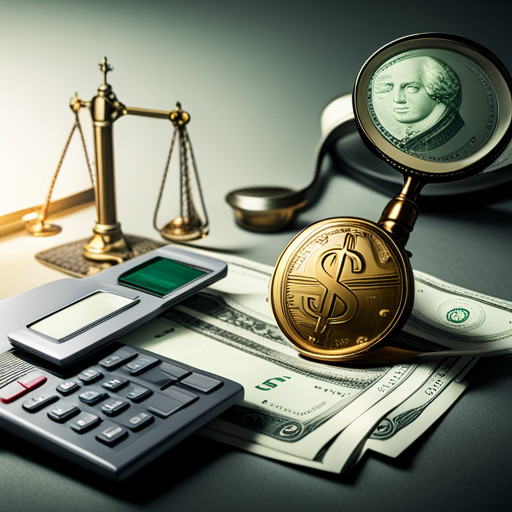
Calculating the value of a car accident claim necessitates a thorough evaluation of both special and general damages incurred. Special damages, quantifiable and concrete, include costs such as medical expenses, property damage, and lost wages. General damages, subjective and abstract, encompass pain and suffering, emotional distress, and loss of enjoyment of life.
1. Documenting damages: Meticulous record-keeping of all damages is vital. This includes medical bills, property repair estimates, and proof of lost income.
2. Determining general damages: General damages require careful evaluation, often necessitating professional assessment or use of legal formulas.
3. Negotiating tactics: Knowledge of negotiation strategies can be advantageous when dealing with insurance adjusters.
4. Utilizing legal advice: Consulting a legal professional can ensure a comprehensive and accurate claim calculation.
The Importance of Collecting Essential Evidence

Collecting essential evidence following a vehicular accident is a critical step in building a robust claim for damages. The process involves meticulous documentation of both physical and non-physical indicators of the incident. This includes, but is not limited to, photographs of the accident scene, damage to vehicles, injuries sustained, as well as witness statements.
Moreover, evidentiary elements such as police reports and medical records add weight to the claim. The act of collecting evidence not only aids in substantiating the claimant's narrative but is also pivotal in proving liability. A comprehensive collection of evidence can unequivocally establish the other party's negligence, thereby strengthening the claimant's position in seeking rightful compensation.
Drafting a Persuasive Demand Letter
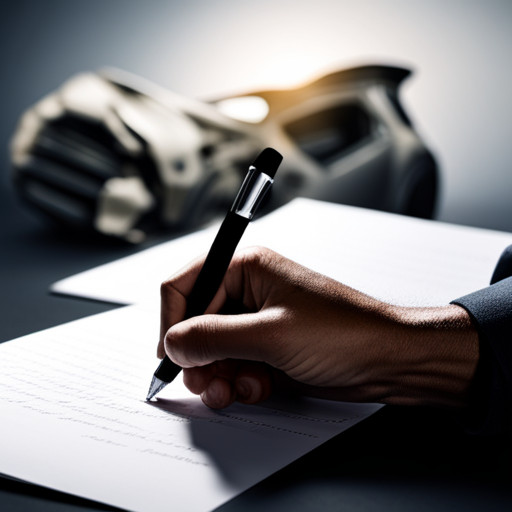
Building on the vital role of comprehensive evidence collection discussed in the previous section, the focus now shifts to the application of effective writing techniques in drafting a persuasive demand letter. This communication document is significant in expressing the claimant's rightful demand for compensation following a rear-end collision.
1. The first step involves the usage of persuasive language, substantiated by the gathered evidence, to assert the liability of the opposing party.
2. Secondly, a detailed account of the incurred damages and the corresponding compensation request is necessary.
3. Thirdly, it is crucial to maintain a respectful yet firm tone throughout the letter to facilitate constructive negotiation.
4. Lastly, the inclusion of all relevant enclosures and a concise conclusion reiterating the demand serves to reinforce the claim's validity.
These steps ensure the demand letter embodies a potent blend of facts and persuasion, enhancing its potential to achieve the desired outcome.
Tips for Sending the Demand Letter

Proper transmission of a demand letter, following its meticulous drafting, demands careful consideration, with certain strategies significantly enhancing the effectiveness of this communication.
Proofreading tips serve as paramount tools in ensuring the accuracy and precision of the content. The letter must be devoid of grammatical errors and inconsistencies, which could potentially undermine the credibility of the claim.
In addition, the importance of documentation cannot be overstated. The demand letter, alongside all supporting documents, should be sent via certified mail, ensuring a receipt of delivery. This receipt acts as a concrete proof of transmission, reinforcing the seriousness of the claim.
Preservation of copies of all sent documents is also advised for future reference or potential legal proceedings.
Dealing With Settlement Negotiations
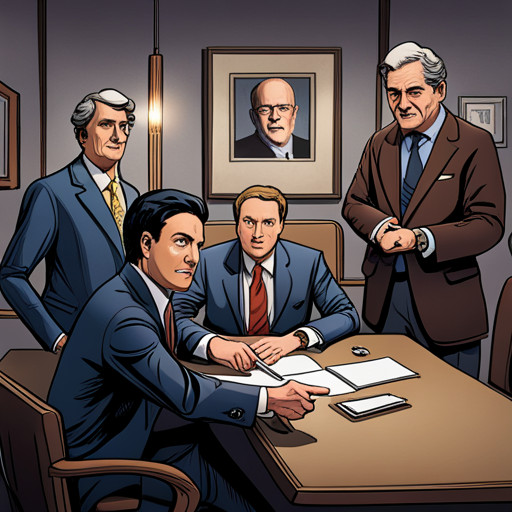
Navigating through settlement negotiations necessitates a comprehensive understanding of the legalities involved, which can significantly influence the final compensation amount. Skill in dealing with adjusters, adeptness at negotiating compensation, and the ability to discern when legal counsel is necessary are all vital.
Dealing with Adjusters: A grasp of insurance terminology and the ability to communicate effectively can aid in discussions with insurance adjusters.
Negotiating Compensation: A clear understanding of the claim's worth can facilitate negotiations for a fair compensation.
Legal Counsel: If negotiations stall, or if the adjuster's offer is unsatisfactory, engaging an attorney may be beneficial.
Closure: Once an agreement is reached, finalizing the settlement promptly can expedite the payout process.
This approach can result in a satisfactory resolution of settlement negotiations following rear-end collisions.
When to Consult an Attorney During Negotiations

During negotiations, consultation with an attorney may become necessary if there is a deadlock, or the offer made by the adjuster does not meet the claim's value. In instances where the negotiation process becomes intricate, consulting an attorney is not only advisable but also pivotal.
It has been observed that the intervention of an attorney can expedite the negotiation process, leading to a more satisfactory compensation settlement. Moreover, an attorney's expertise in evaluating the claim's worth can significantly influence the compensation negotiation. Consequently, the role of an attorney during these negotiations is substantial, as it can ensure a fair settlement.
Thus, when negotiating compensation for rear-end collisions, it is of paramount importance to consider consulting an attorney, particularly when the negotiation process becomes complex or reaches a deadlock.
Ensuring a Fair Settlement: Don’t Settle for Less
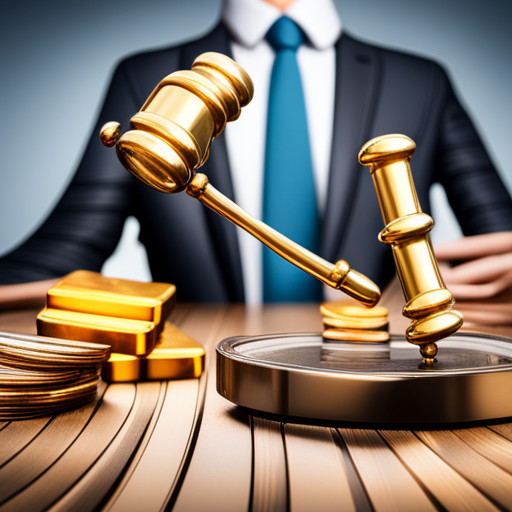
Securing a fair settlement necessitates astute understanding of the claim's worth and not accepting less than what is deserved. This process involves leveraging negotiation tactics and strategies aimed at maximizing compensation. To achieve this, the following steps should be undertaken:
1. Accurate calculation of the claim's worth, encompassing both tangible and intangible damages.
2. Utilization of effective negotiation tactics, such as demonstrating comprehensive knowledge of the claim, remaining firm yet respectful, and using evidence to substantiate the claim.
3. Regular communication with the insurance adjuster, ensuring timely and appropriate responses.
4. In case of inadequate settlement offers, considering the option of legal representation to ensure protection of rights and interests.
These steps, when diligently followed, can significantly contribute towards securing a fair and satisfactory settlement.
Frequently Asked Questions
What Actions Should One Take Immediately After Experiencing a Rear-End Collision?
Immediately following a rear-end collision, swift action should be taken to document injuries and vehicle damage. This involves seeking immediate medical assistance, even if injuries appear minor, and meticulously recording all medical treatment received. Simultaneously, comprehensive documentation of vehicle damage should be undertaken, including photographs and obtaining a professional appraisal.
This evidence aids in establishing the extent of physical harm and property damage, which is crucial for any ensuing compensation claims.
How Does One Cope With the Emotional Trauma Following a Rear-End Collision?
Addressing emotional trauma following a rear-end collision necessitates professional assistance. Post Trauma Therapy serves as a beneficial approach, employing various techniques to assist individuals in processing such distressing experiences.
Additionally, Emotional Resilience Building, a process that enhances one's ability to adapt to stressful situations or crises, can be instrumental. It aids in developing coping mechanisms, thereby reducing the impact of trauma and fostering recovery.
How Can a Rear-End Collision Impact One’s Car Insurance Premium in the Future?
Rear-end collisions can significantly influence future car insurance premiums. An at-fault accident typically raises rates due to increased risk perception by the insurer. Premium calculations consider driving history, including accidents, to estimate future risk.
Insurance adjustments, following a rear-end collision, reflect an increased probability of similar incidents. However, effects on premiums vary with insurers, policy details, and the claimant's driving record.
What Is the Average Settlement for a Rear-End Collision?
The settlement for a rear-end collision varies widely, influenced by several settlement factors such as severity of injuries, property damage, and duration of medical treatment.
The liability assessment, typically placing blame on the driver who rear-ended the other vehicle, also contributes to the settlement figure.
Further factors include the negotiation skills of the parties involved and the determination of insurance adjusters.
Therefore, it is challenging to pinpoint an average settlement amount due to these varying factors.
Are There Any Specific Laws Related to Rear-End Collisions in Certain States?
State-specific regulations can significantly impact the handling of rear-end collisions. Some jurisdictions adhere to comparative negligence laws, which apportion fault to both parties involved in an accident. This means that even if a driver is rear-ended, they may still bear some liability if their actions contributed to the collision.
Therefore, understanding these laws is crucial when seeking compensation after a rear-end accident. It is recommended to consult with a legal professional familiar with the specific laws of the state involved.

This post has been generated by AI and was not reviewed by editors. This is Not legal advice. Please consult with an attorney.




